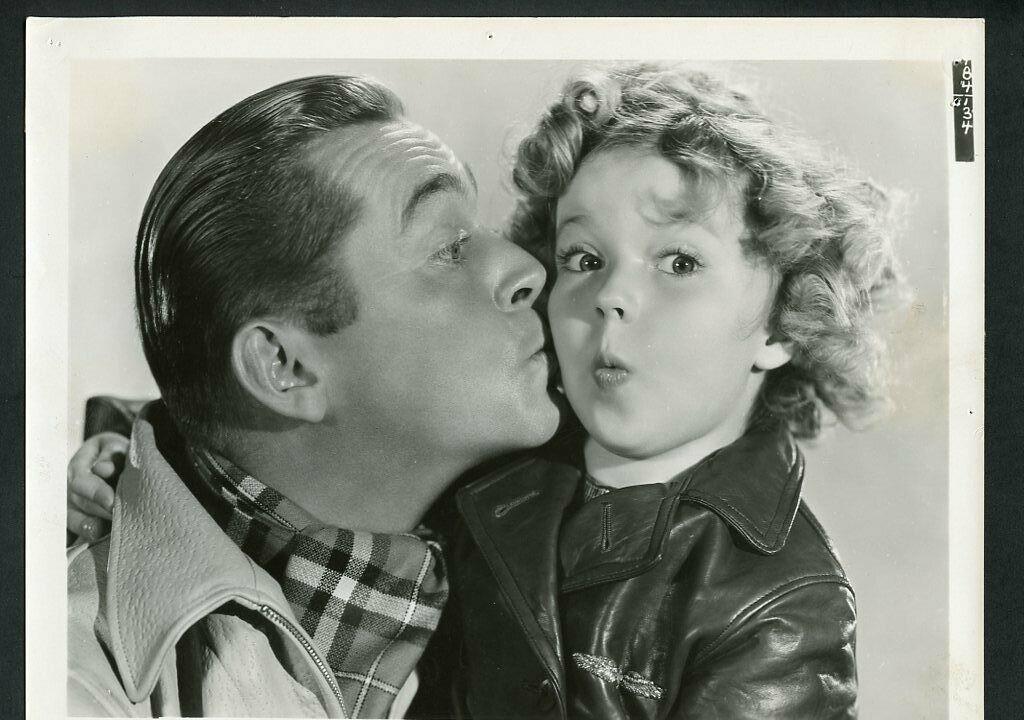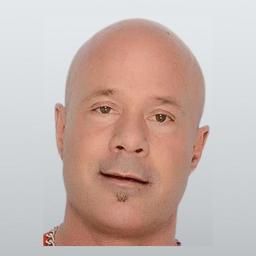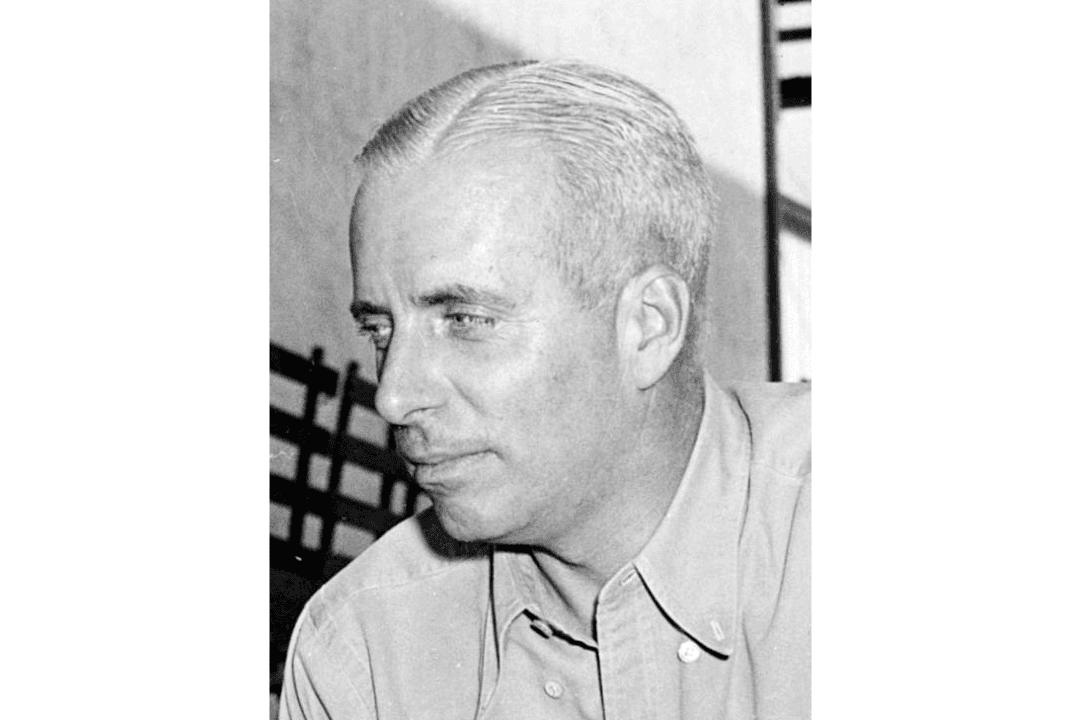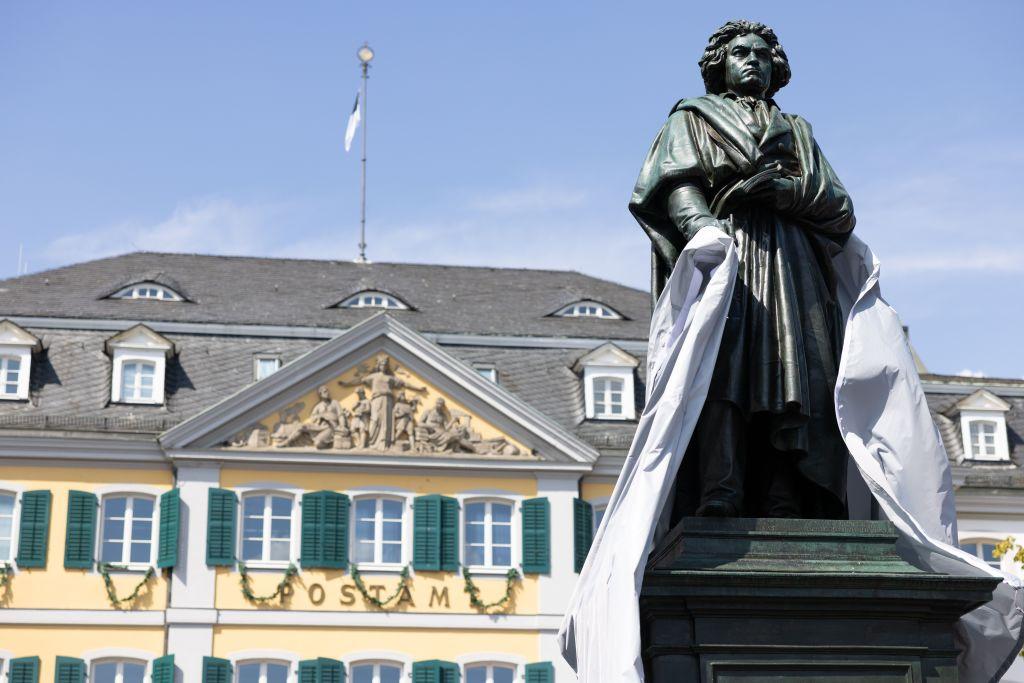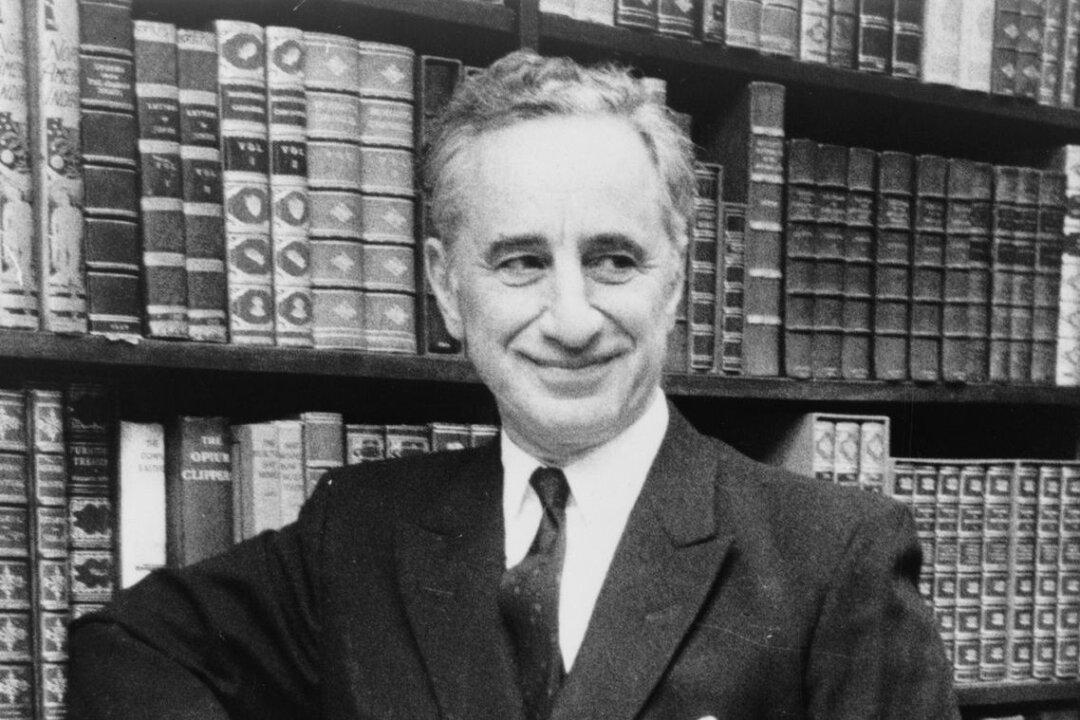She was the adorable little girl whose movies brought Americans much-needed joy and hope during the Great Depression. She was Hollywood’s top box office star four years in a row, a record unequaled before or since. By 1935, Shirley was the second most popular girl’s name in the country, and dolls bearing her likeness outsold all others.
Even the president was a fan. “As long as our country has Shirley Temple,” Franklin Delano Roosevelt stated, “we will be all right.” But Shirley’s acting career was just the beginning of her trailblazing, patriotic accomplishments.

